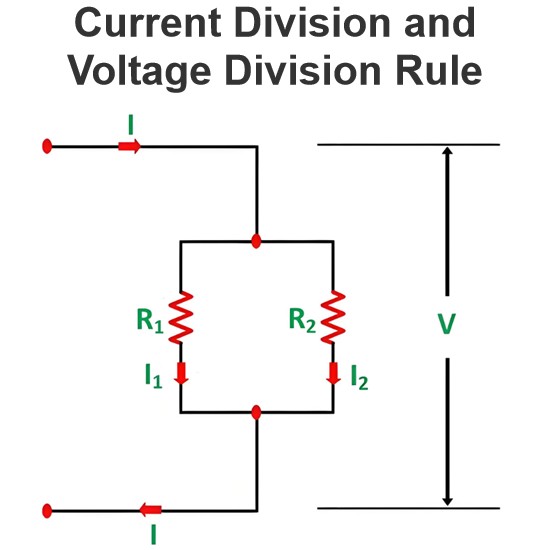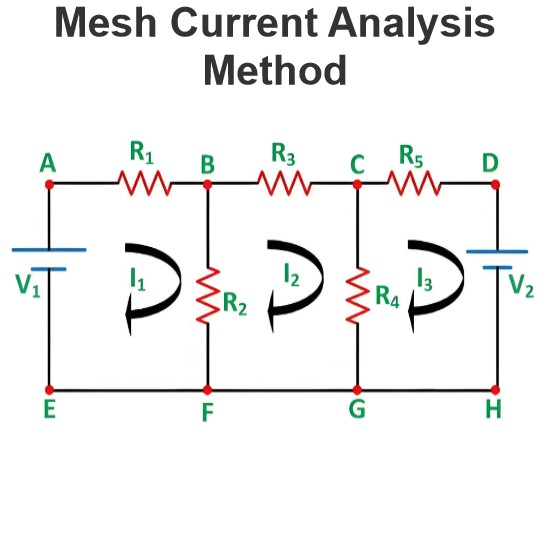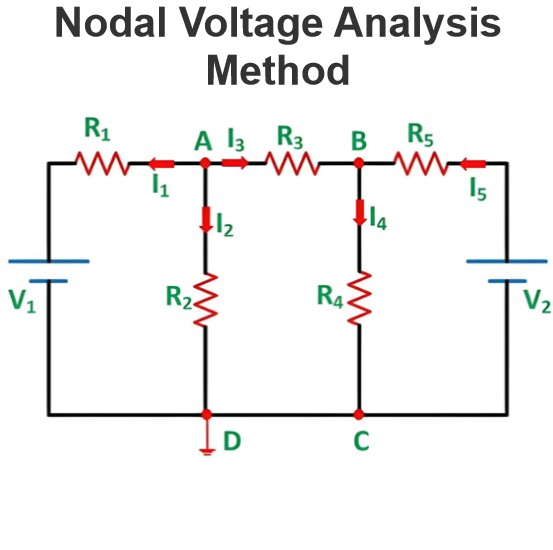Dual Network Circuit Analysis
What is a Dual Network?
Two electrical networks are said to be dual networks if the mesh equations of one network is equal to the node equation of the other.
The dual network is based on Kirchhoff Current Law and Kirchhoff Voltage Law.

Applying Kirchhoff Voltage Law in the network A, above we get,


Applying Kirchhoff Current Law in the network B, above we get,

Here we have found that equations (i) and (ii) are similar in their mathematical form. Equation (i) is in mesh form and equation (ii) is in nodal form.
Here, the left side variable of equation (i) is voltage, and the left side variable of equation (ii) is current.
Similarly, the right side of equation (i) is a product of the current and total impedance of the circuit.
Similarly, the right side of equation (ii) is the product of voltage and admittance of the circuit.
So, it is needless to say these two networks are dual networks. From, the examples it is also clear that dual networks may not be equivalent networks.
The circuit equation of the two dual networks are similar in form but the variable is interchanged.
Construction of a Dual Network
Let us consider the series RLC circuit as shown below.

Applying Kirchhoff Voltage Law in this circuit, we get,

Let us replace all the variables and constants by their dual in the equation. By doing that, we get,

The electrical network drawn by the circuit equation (iv), would be


Hence:

This is nothing but Kirchhoff’s Current Law. As per the definition of a dual network, network C and network D are dual to each other.
Table of Dual Elements
| Element | Element |
| Electrical resistance | Conductance |
| Inductance | Capacitance |
| Service Branch | Parallel Branch |
| Switch Closed | Switch Open |
| Charge | Flux Linkage |
| Mesh | Node |
Source: Electrical4u.
Statement: Respect the original, good articles worth sharing, if there is infringement please contact delete.
Electrical4U is dedicated to the teaching and sharing of all things related to electrical and electronics engineering.













